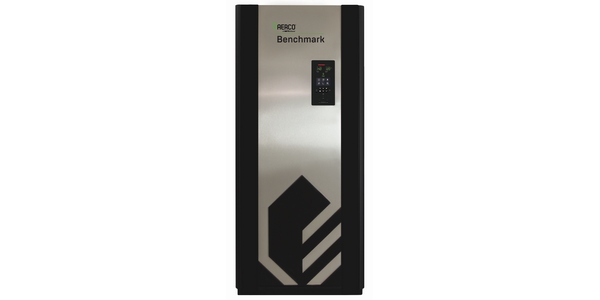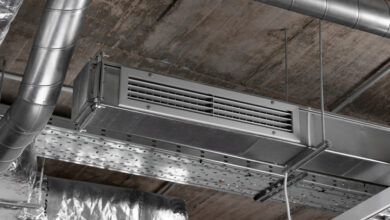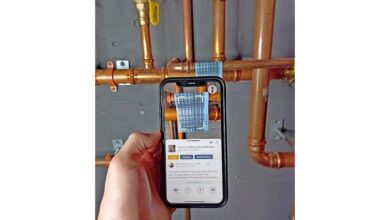Four Key Features of Successful Smart MEP Analytics Solutions

By Mitchell Britto
As demand grows for data-driven solutions, mechanical services and construction companies must build on their ability to support customers with customizable offerings. Companies with experience in the construction space are now expanding service, controls and intelligent buildings capabilities to better meet clients’ needs. The goal is to build, but at the same time maintain the building, and keep it running optimally throughout its life.
One of the most important and groundbreaking trends in MEP is automated fault detection and diagnostics service solutions that optimize building systems’ reliability and performance to conserve energy and resources, ensure consistent occupant comfort and extend equipment life.
Businesses that can provide proactive and skilled service, and diagnose, prioritize and provide pinpointed solutions to customers’ building issues will revolutionize the industry. It is also a game-changer for companies that want to be a one-stop-shop for all mechanical construction needs, centered on engineering, building, operating and maintaining through building system services and solutions.
Mark Watson, vice president of controls at TDIndustries, conveys the importance of operating a building at its highest capabilities.
“We use smart analytics to monitor building data and make necessary adjustments that allow it to operate at its highest efficiency. What it comes down to is providing building owners and operators a healthy, sustainable, comfortable building to better attract business and keep partners and employees coming in and enjoying a great space.”
Intelligent building sensors and tools improve the delivery of buildings through quality assurance and quality control, minimizing the warranty impact and assuring that systems operate at their highest efficiency from day one.
There following are four key features of smart MEP analytics that maximize the effectiveness of maintenance solutions with fault detection and diagnostics:
1) Easy energy and information management
Data management can be overwhelming. It is important that smart analytics solutions take the waste — and guesswork — out of the customers’ building systems operations and let them know what is happening. The platform must be easy to use and accurate. The best systems can identify energy conservation measures, without having to sacrifice tenant comfort or equipment life. And in many cases, these are no-cost, low-cost changes.
2) Proactive automated fault detection and diagnostics
Fault detection and diagnostics involve performing in-depth analyses and pinpointing one or more root causes of problems, so that the right corrective action can be taken. This saves time when smart analytics are involved, because these solutions can address the root cause of issues instead of spending time on a rote list of repair possibilities or chasing ancillary system faults. A standard building automation system cannot do this.
3) Visibility and systems oversight
Visibility into operational inefficiencies before they lead to more serious problems is key to preventing system breakdowns. Smart analytics engineers must work with customers to integrate and customize the suite of tools to optimize equipment performance, maintain asset compliance, provide ongoing commissioning, and best serve facility needs.
4) Extending equipment life
More than 80% of equipment failures are not related to equipment age. Successful smart analytics systems prioritize equipment faults to save on labor costs, while enhanced diagnostics allow customers to ensure building conditions remain optimal for the health and well-being of occupants.
Implementation combined with service
Watson and Jeff Sherman, vice president, Service, note that when integrating a smart analytics solution the methodology is also key. The most important factor is to listen first to clients’ priorities and critical needs. Is energy efficiency and sustainability what they’re measuring? Or is it indoor air quality and comfort to ensure returning employees who have been working remotely are satisfied?
The pandemic also provided a prime example of smart analytics application, given that many buildings were vacant, and systems were dormant for an extended period. During the pandemic, an office building may have been unoccupied for more than a year, causing plumbing, equipment and other maintenance issues when reopening.
With an intelligent building system that successfully delivers the four key features mentioned above, a client could, for example, turn on HVAC equipment before occupancy was restored, simulating expected daily loads. The facility’s in-house team could analyze the data to optimize performance and address issues before employees return full-time.
As organizations look for safer, more energy-efficient, reliable and comfortable buildings, optimizing every phase of the lifecycle of a building is key — and the age old “run until it breaks” approach becomes a relic of the past. New MEP smart analytics solutions offer cutting-edge and dynamic ways to improve the equipment and building lifecycle and meet the unique goals of each client.
Mitchell Britto is director of smart building services at TDIndustries, Inc.




